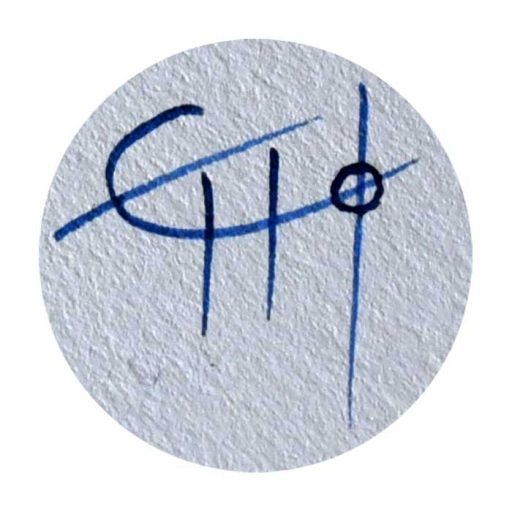Breathing
-an excerpt from Yoga – a Rationale for Teachers and Practitioners
by Eugene Halliday
… this involution progressively individuates, isolates and estranges the individual from its source. It also indicates by the simple reversal of this process the way out of this isolation, this estrangement. Yoga takes this theoretical way back and turns it into practice.
As the end result of the involutionary (or evolutionary) process (according to point of view) is the appearance in manifestation of the gross material body, in our case our own physical organism, it logically follows that we should start with this organism when we decide to tread the return journey.
Yoga, then, begins with our physical organism. It examines its structures and functions. It observes the ways in which energy flows within it. It sees that nervous energy is released either by a stimulus or by a deliberate act of attention.
Especially it observes the intimate link between the function of breathing and the play of emotion. It is a most interesting fact that emotion and breathing and the action of the heart are so closely linked, that although most people cannot control the action of the heart and the play of the emotions directly, yet they can influence these by assuming control of the breathing process. Slow, equal breathing calms the emotions and steadies the action of the heart.
When we study our physical organism we observe a series of interesting facts. First it is the fact of its sheer materiality, its mass-inertia. It is made of flesh and blood and bone, etc. If we do not expend energy in holding it up it tends to fall down. It is subject to gravity.
But there is inside this physical body an energy which, when released, can make the body stand up and move about. And there is also something that determines whether this energy will be released.
It is usual in ordinary thinking to say that the energy in our body, which energises the body to perform its ordinary functions, and which may be released to activate the body in specific ways, is derived from food. For all ordinary purposes this may be accepted, although we know that we also derive energy from solar radiation and from other sources.
From whatever source it is derived, the energy stored in our body may be released into action either by a stimulus from outside the storehouse, or by act of will. If it is released by a stimulus we say that it is reactive. If it is released by act of will we say that it is active. The difference between reactive and active energy, between energy released by a stimulus and energy released by act of will, is a tremendous difference, the difference between bondage and freedom.
Yoga aims to transcend the level of reactive processes and to regain the pure activity of original free will. And it aims to do this by releasing consciousness from identification with external things and events, and from body reactivity.
***
